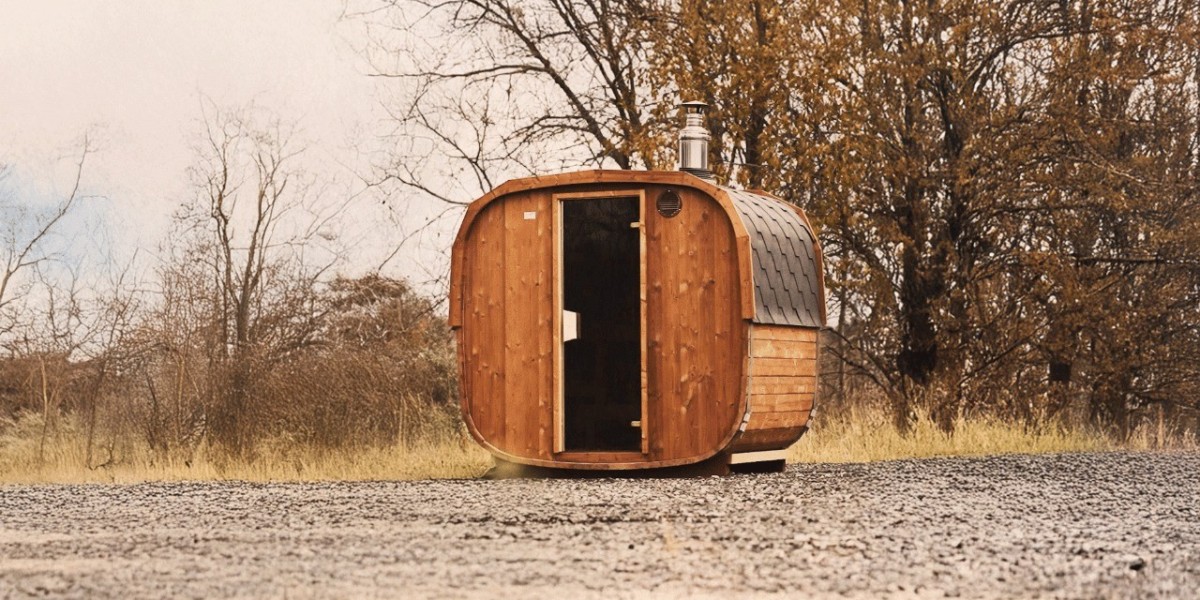In the world of modern construction, materials play a pivotal role in determining the speed, efficiency, durability, and sustainability of any project. One such material that has revolutionized the building industry is the sandwich panel. Known for its lightweight yet strong structure, sandwich panels have become a go-to choice for architects, builders, and industrial planners who are seeking cost-effective solutions without compromising on quality. These panels are versatile, easy to install, and provide exceptional thermal and acoustic insulation, making them a highly valuable component in today’s fast-paced construction environment.
The sandwich panels are no longer just an alternative—they are increasingly the preferred choice in residential, commercial, and industrial construction. From warehouses and cold storage facilities to office complexes and residential homes, the demand for these panels continues to rise worldwide. In this article, we will explore what sandwich panels are, their advantages, their applications across industries, and why they are shaping the future of construction. We’ll also examine how builders and developers can optimize their use to save costs and increase efficiency.
What Are Sandwich Panels?
A sandwich panel is a building material consisting of three layers: two outer layers of rigid material (such as galvanized steel, aluminum, or fiber cement) and an inner insulating core (commonly made of polyurethane (PU), polyisocyanurate (PIR), mineral wool, or expanded polystyrene (EPS)). This unique “sandwich” structure combines strength with insulation, resulting in a material that is both sturdy and lightweight.
The concept is simple but highly effective. The outer layers provide protection and structural support, while the core offers insulation against temperature fluctuations and noise. Together, these layers form a panel that can withstand environmental stresses while significantly reducing energy consumption in buildings.
Why Are Sandwich Panels Important in Construction?
The construction industry is under immense pressure to deliver faster, more sustainable, and cost-effective solutions. Traditional materials like concrete, bricks, and wood, while durable, often come with limitations such as longer construction times, higher labor costs, and greater energy consumption. Sandwich panels help address these challenges.
They are prefabricated in factories, which reduces onsite labor and speeds up installation. Their lightweight structure also minimizes the load on building foundations, reducing the need for heavy structural support. Furthermore, their excellent insulation properties help regulate indoor climates, reducing reliance on heating and cooling systems.
Types of Sandwich Panels
Sandwich panels are available in different types based on the core material used. Each type has unique features suitable for different applications:
Polyurethane (PU) and Polyisocyanurate (PIR) Panels
Known for excellent thermal insulation.
Commonly used in cold storage, refrigeration, and temperature-controlled facilities.
Expanded Polystyrene (EPS) Panels
Lightweight and cost-effective.
Ideal for residential housing, schools, and temporary structures.
Mineral Wool Panels
Provide superior fire resistance and sound insulation.
Widely used in industrial facilities, power plants, and high-safety buildings.
Aluminum Composite Panels (ACP)
Excellent for architectural facades and decorative cladding.
Offer durability with a modern finish.
Key Advantages of Sandwich Panels
1. Lightweight and Easy to Install
Sandwich panels weigh significantly less than traditional building materials, making them easy to transport, handle, and install.
2. Thermal and Acoustic Insulation
The core insulation material helps maintain a consistent indoor climate, reducing energy bills, while also minimizing external noise.
3. Cost-Effective
With reduced construction time, labor requirements, and energy savings, sandwich panels offer long-term cost benefits.
4. Durability and Strength
The outer metal layers provide resistance against weather, corrosion, and physical impacts.
5. Versatility in Applications
Sandwich panels are used for walls, roofs, partitions, facades, and even flooring, adapting to both temporary and permanent structures.
6. Sustainability
Many sandwich panels are made from recyclable materials and contribute to sustainable building practices by improving energy efficiency.
Applications of Sandwich Panels
Sandwich panels are extremely versatile, and their applications span across multiple industries:
Residential Construction: Used for modular homes, prefabricated houses, and extensions.
Commercial Buildings: Office complexes, malls, and showrooms.
Industrial Facilities: Warehouses, factories, power plants, and logistic centers.
Cold Storage and Refrigeration: Ensures consistent temperature control for food, pharmaceuticals, and sensitive products.
Agriculture: Livestock shelters, poultry farms, and greenhouses.
Public Sector: Schools, hospitals, military facilities, and emergency shelters.
Sandwich Panels and Energy Efficiency
Energy efficiency is one of the biggest reasons sandwich panels have gained popularity. Buildings account for nearly 40% of global energy consumption, much of which comes from heating and cooling. Sandwich panels significantly reduce heat transfer, lowering the need for HVAC systems and contributing to sustainable construction practices.
By choosing the right core material, builders can enhance insulation levels according to the climatic requirements of their region. For example, PIR panels are highly effective in hot climates, while mineral wool panels are more suitable for areas requiring fire safety and soundproofing.
Installation and Maintenance
One of the biggest advantages of sandwich panels is the ease of installation. They come prefabricated in standardized sizes and can be quickly assembled using screws and fasteners. This reduces construction timelines by as much as 50% compared to conventional materials.
Maintenance is also simple. The external metal sheets are resistant to corrosion and weathering, requiring minimal upkeep. Periodic inspections and cleaning are generally sufficient to maintain performance over decades.
Challenges and Considerations
While sandwich panels offer many benefits, there are certain considerations to keep in mind:
Cost Variations: High-performance cores like PIR and mineral wool can be more expensive than EPS.
Fire Safety: The choice of insulation core affects fire resistance. Mineral wool provides excellent fire safety, while PU and EPS require careful fire-protection measures.
Design Limitations: Although versatile, sandwich panels may not always match the aesthetic flexibility of materials like wood or glass without additional finishes.
Future of Sandwich Panels in Construction
The global demand for sandwich panels is expected to grow significantly over the next decade. With increasing emphasis on green building certifications, sustainable practices, and faster project delivery, these panels will become even more integral to the construction industry.
Technological advancements are also enhancing their performance. Nanotechnology-based coatings, improved fire-resistant materials, and customizable design options are making sandwich panels even more versatile and attractive. In the future, they will likely dominate both residential and commercial construction, particularly in fast-growing regions.
Conclusion
The construction industry is evolving rapidly, and materials like sandwich panels are at the heart of this transformation. Offering durability, insulation, cost savings, and sustainability, they represent a future-ready solution for modern building needs. Whether for residential, commercial, or industrial projects, sandwich panels provide a perfect balance between performance and affordability.
For builders, architects, and developers seeking high-quality solutions, sandwich panels are not just an option—they are a necessity in today’s competitive construction environment. And if you are looking to source premium-quality panels directly from trusted manufacturers, factory.sale is the destination where affordability meets reliability.
FAQs About Sandwich Panels
Q1: What is the lifespan of sandwich panels?
Sandwich panels typically last 25–40 years, depending on the quality of materials and maintenance.
Q2: Are sandwich panels fireproof?
It depends on the core material. Mineral wool panels provide excellent fire resistance, while EPS and PU require additional fire protection.
Q3: Can sandwich panels be customized?
Yes, panels can be manufactured in different thicknesses, colors, finishes, and core materials to meet project requirements.
Q4: Are sandwich panels suitable for residential homes?
Absolutely. They are widely used in modular and prefabricated housing because of their thermal efficiency and cost-effectiveness.
Q5: How do sandwich panels compare with traditional brick walls?
Sandwich panels are lighter, faster to install, and offer superior insulation, while brick walls are heavier and take longer to construct.
Q6: Do sandwich panels require special maintenance?
No. Regular inspections and occasional cleaning are usually sufficient to keep them in good condition for decades.
Q7: Are sandwich panels environmentally friendly?
Yes, they contribute to sustainable construction by reducing energy consumption and are often made from recyclable materials.








